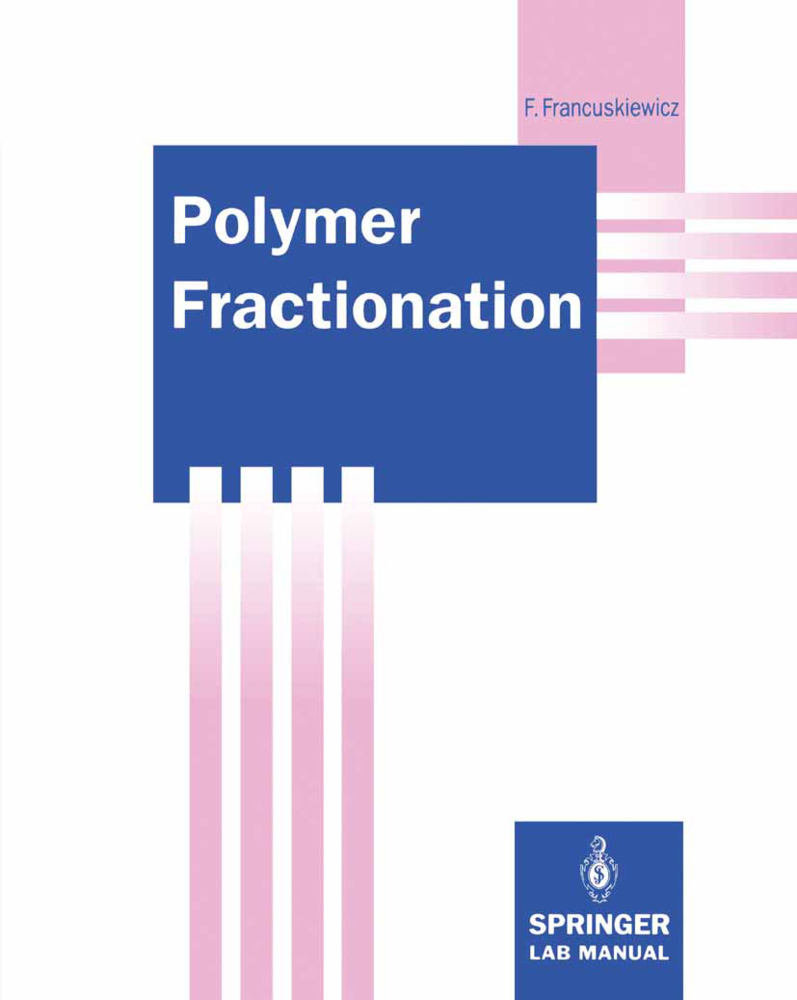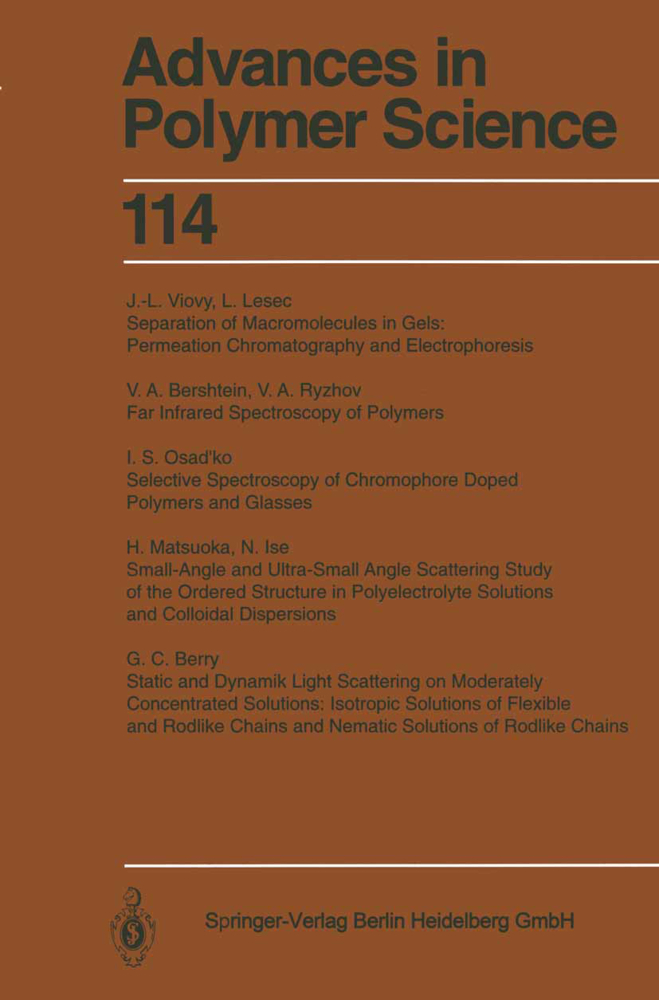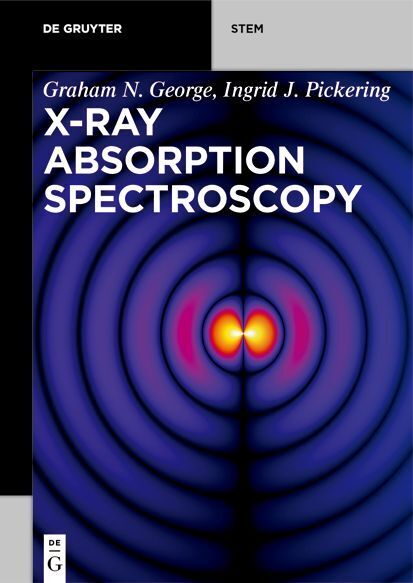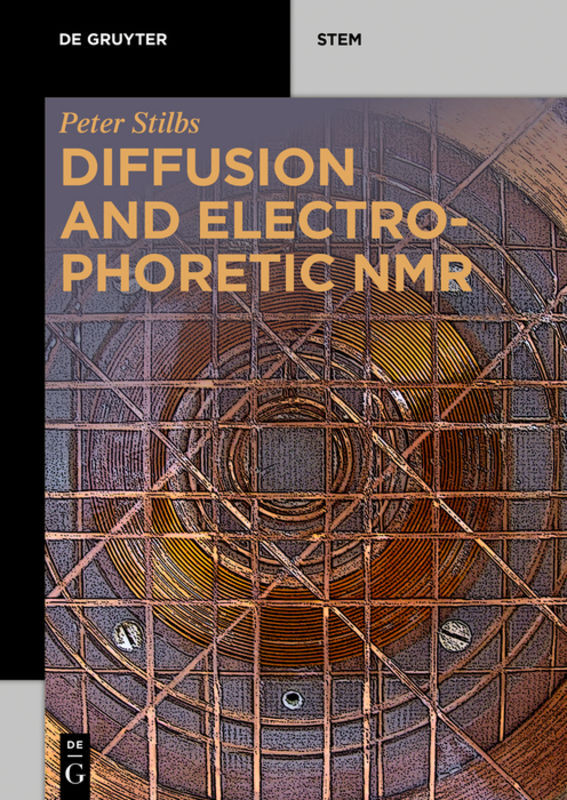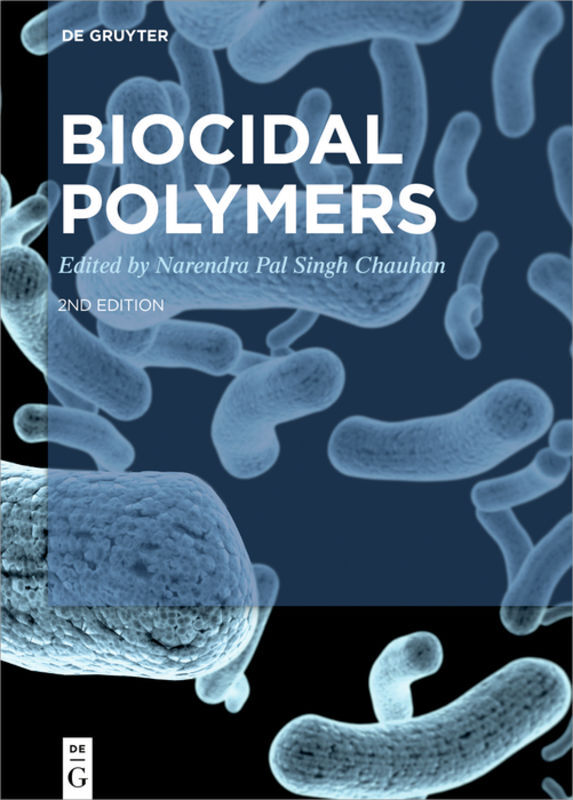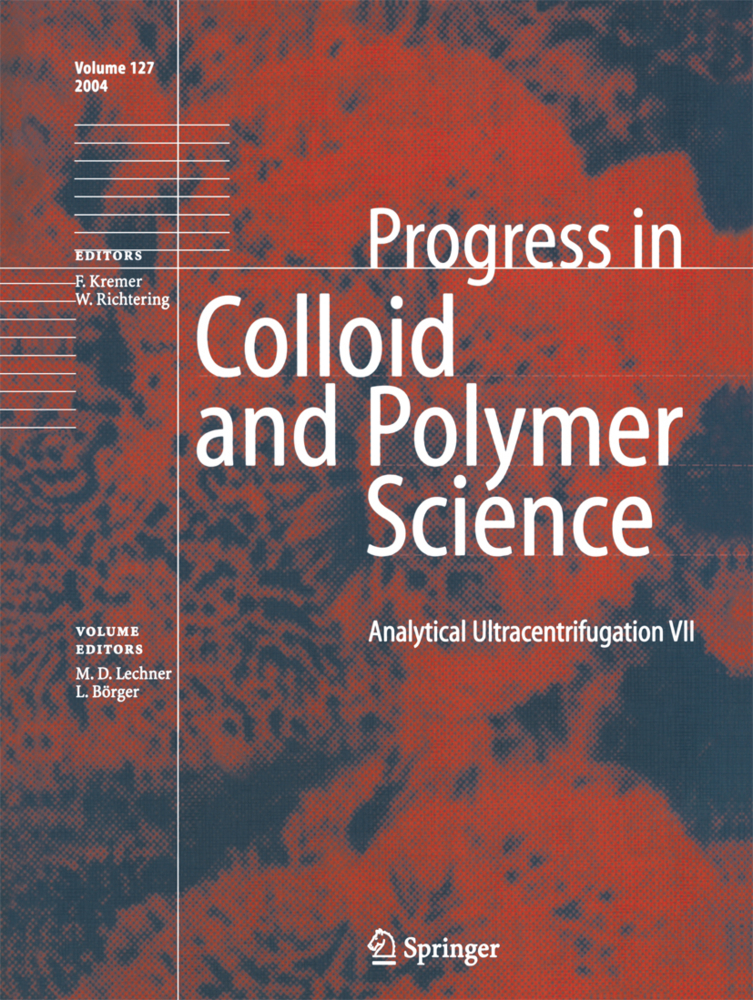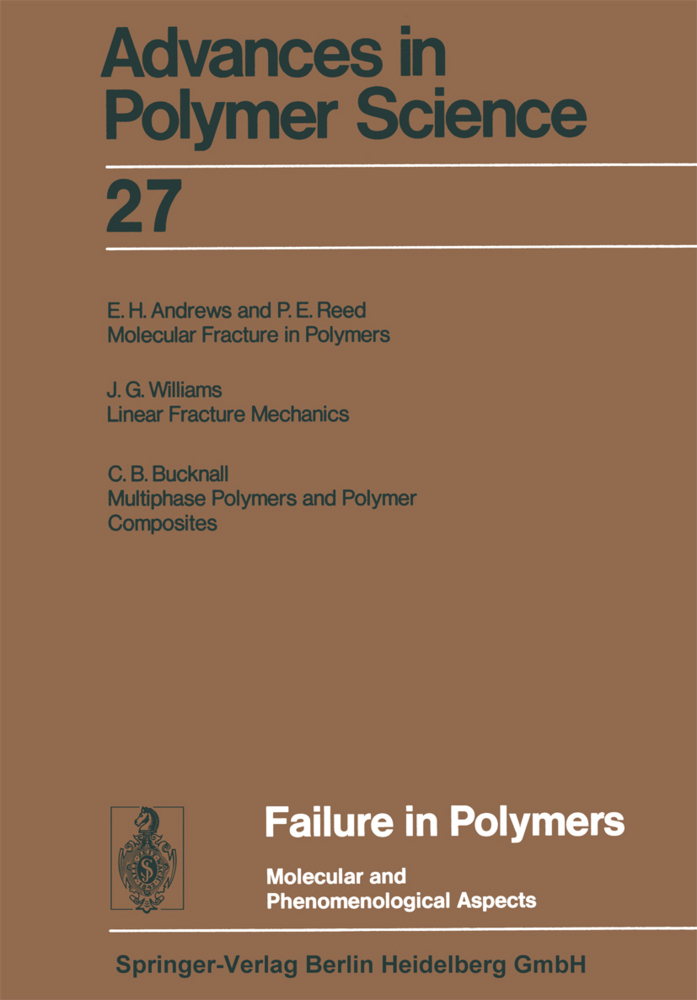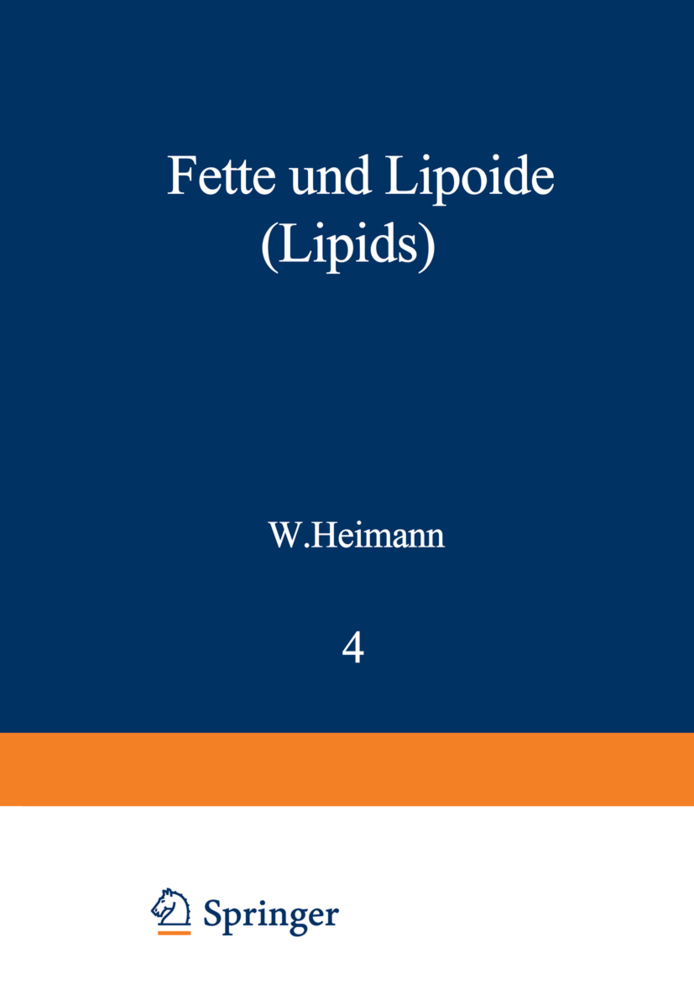Polymer Fractionation
Polymer Fractionation
Fractionation of polymers via solubility has been a well known method in polymer characterization for a long time. The original object of analytical fractionations, the determination of the molecular weight distribution, is nowadays achieved more efficiently and conveniently by chromatographic methods. However, fractionation procedures, which were developed in great diversity, remain up~to-date and essential for obtaining preparative fractions with narrow distributions. Such fractions are wanted increasingly for the investigation of true structure-property relationships which are mostly influ~ enced by distributions of molecular weight or other parameters such as branching or chemical composition. Literature on the field of polymer fractionation is extensive and several reviews exist. However, there is a lack of systematically methodical instruc tions for carrying-out of diverse fractionation procedures. This volume repre sents an attempt to reduce this deficiency and is focussed on practical aspects of fractionation procedures. This laboratory manual is intended for polymer chemists, physicists, and technicians, for students of polymer science, and skilled laboratory assistants, all of whom are not dealing directly with fractionation but are in need of fractions to carry out further investigations.
3 Dissolution and Precipitation of Polymers
4 Basic Principles of Fractionation Procedures
5 Precipitation Fractionation
6 Extraction Fractionation
7 Gradient-Elution Fractionation
8 Baker-Williams Fractionation
9 Trouble Shooting and Large-Scale Techniques in Column Fractionations
10 Temperature Rising Elution Fractionation
11 Partition Fractionation
12 Cross Fractionation
13 Outlook
Table A1 Calculation of solubility parameters according to the increment method proposed by Small
Table A2 Solubility parameters and physical constants of solvents
Table A3 Solvents and nonsolvents for polymers ordered according to solubility parameters
Table A4 Simple characteristics of some soluble polymers
Table A5 Generalized Schulz distribution
Table A6 Tung distribution
Table A7 Logarithmic normal distribution (Wesslau distribution)
Table A8 Phase relations for simple one-step and multi-step extractions
Table A9 Generation of logarithmic solvent/nonsolvent gradients in a stepwise procedure by use of small mixing vessels
Table A10 Compilation of fractionation procedures in the literature
Glossary of Terms.
1 Introduction
2 The Size of Polymer Molecules Mean Values and Distributions of the Molecular Weight3 Dissolution and Precipitation of Polymers
4 Basic Principles of Fractionation Procedures
5 Precipitation Fractionation
6 Extraction Fractionation
7 Gradient-Elution Fractionation
8 Baker-Williams Fractionation
9 Trouble Shooting and Large-Scale Techniques in Column Fractionations
10 Temperature Rising Elution Fractionation
11 Partition Fractionation
12 Cross Fractionation
13 Outlook
Table A1 Calculation of solubility parameters according to the increment method proposed by Small
Table A2 Solubility parameters and physical constants of solvents
Table A3 Solvents and nonsolvents for polymers ordered according to solubility parameters
Table A4 Simple characteristics of some soluble polymers
Table A5 Generalized Schulz distribution
Table A6 Tung distribution
Table A7 Logarithmic normal distribution (Wesslau distribution)
Table A8 Phase relations for simple one-step and multi-step extractions
Table A9 Generation of logarithmic solvent/nonsolvent gradients in a stepwise procedure by use of small mixing vessels
Table A10 Compilation of fractionation procedures in the literature
Glossary of Terms.
Francuskiewicz, Frieder
| ISBN | 978-3-642-78706-5 |
|---|---|
| Medientyp | Buch |
| Copyrightjahr | 2012 |
| Verlag | Springer, Berlin |
| Umfang | XVII, 217 Seiten |
| Sprache | Englisch |

